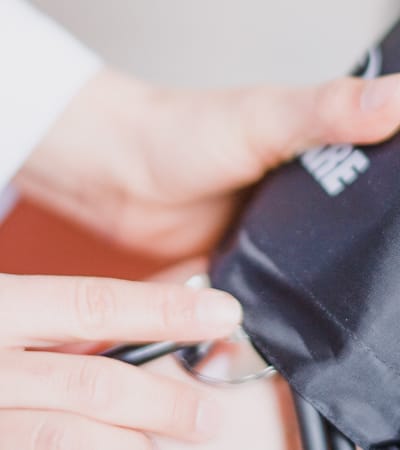Avascular Necrosis of the Knee
Causes
Anything that causes pressure to build in the bone marrow or anything that clogs blood cells can reduce blood supply to the bone cells. Spontaneous osteonecrosis is the most common form of necrosis of the knee. It is typically found in women over the age of 55 and usually only occurs in one knee. Doctors believe it is the result of small fractures in the knee’s weakened bones. These fractures fill with fluid and consolidate in the bone marrow, cutting off blood supply to the bone cell. Secondary osteonecrosis is typically found in women younger than 55 and usually occurs in both knees. This form of necrosis of the knee is often related to other factors like lupus, heavy alcohol use, and corticosteroid use.
Symptoms
Symptoms vary depending on the type of avascular necrosis of the knee. Most patients experience pain and stiffness in the knee. Spontaneous osteonecrosis causes pain on the inner side of one knee, which gets worse at night and when weight is put on the knee. Pain may appear suddenly. In secondary osteonecrosis pain is more gradual and is found in the inner and outer sides of the knee. Secondary osteonecrosis patients also tend to experience pain in other joints.
Diagnosis
Physicians generally diagnose avascular necrosis of the knee by performing a physical exam, assessing medical history, and moving the affected knee in certain positions. X-rays and MRIs may also be used to identify the condition and monitor changes over time.
Treatment
Nonsurgical treatment options include anti-inflammatory medications, knee braces, physical therapy, and limiting activities that cause pain. In severe cases, surgery may be required to repair or replace the joint.




